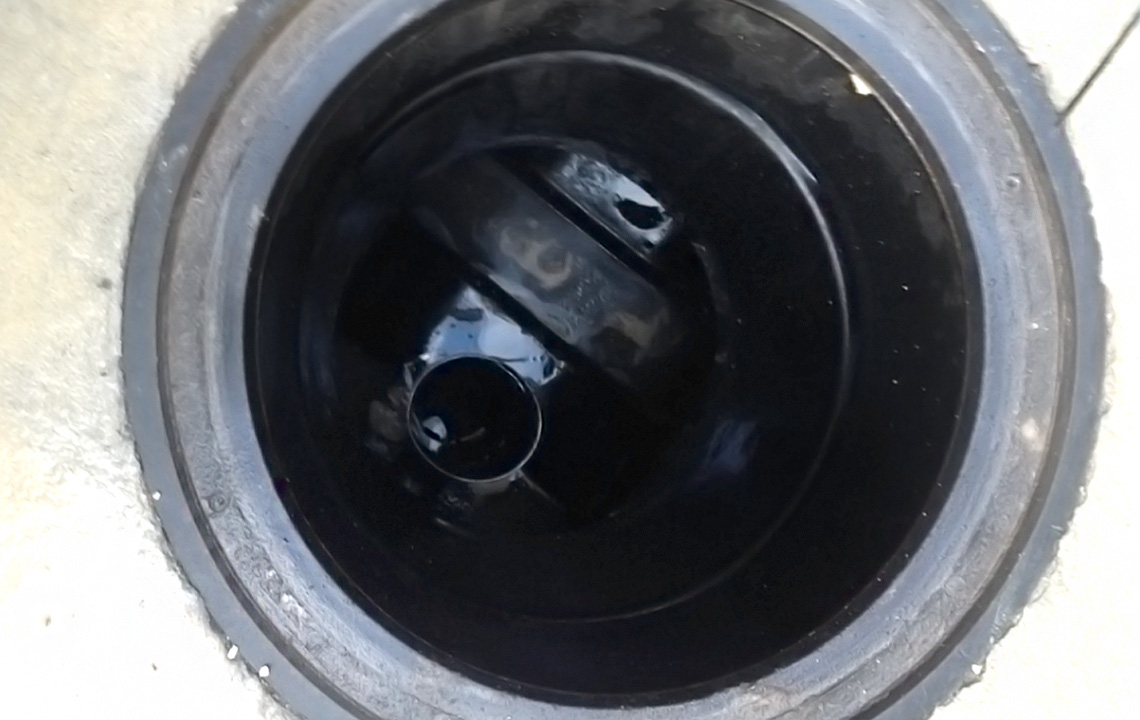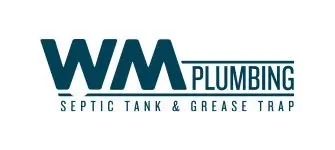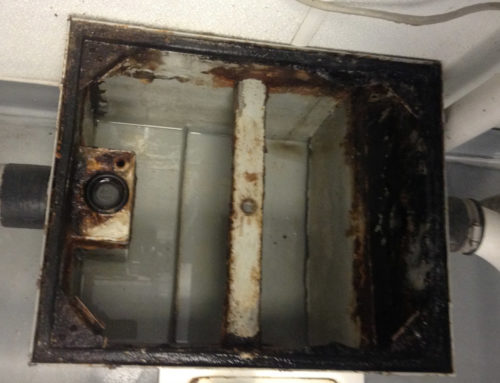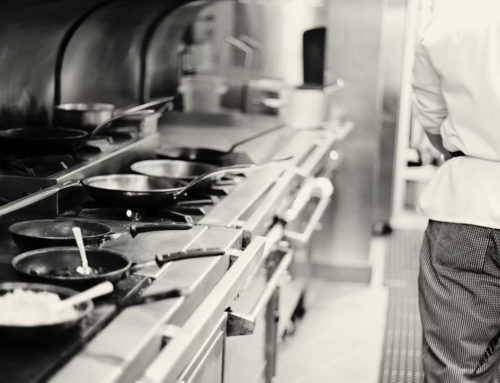How to Properly Maintain Outdoor Grease Traps

Properly maintaining outdoor grease traps is essential to ensure their efficient operation and compliance with environmental regulations. Grease traps, also known as grease interceptors, are crucial for capturing fats, oils, and grease (FOG) from wastewater before it enters the sewer system. Here’s a guide on how to maintain outdoor grease traps effectively:
Regular Inspection
Perform regular inspections of the outdoor grease trap to check for accumulation of FOG, solids, and debris. Schedule inspections at least once a month or as recommended by local regulations and the manufacturer. During inspections, follow these steps:
- Remove Grease Buildup: Use a grease trap skimmer or scraper to remove accumulated grease from the surface of the trap. Dispose of the collected grease according to local regulations, typically by recycling it or placing it in designated grease bins.
- Inspect Inlet and Outlet: Check the inlet and outlet pipes for any signs of blockages or buildup. Use a flashlight to inspect inside the trap for sediment or debris that may hinder proper functioning.
- Clean Baffles: Grease traps contain baffles that help separate FOG from wastewater. Ensure baffles are clean and free of debris to maintain efficient separation and prevent clogging.
Pumping and Cleaning
Regularly pump and clean the grease trap to prevent FOG buildup and maintain its capacity. The frequency of pumping depends on the size of the grease trap and the volume of FOG generated by your establishment. Typically, outdoor grease traps should be pumped every 1 to 3 months, but this may vary based on local regulations and usage.
- Hire Professional Services: Contact licensed grease trap cleaning services to pump and clean the trap thoroughly. Professionals have the equipment and expertise to safely remove FOG and clean the trap to prevent odors and blockages.
- Scrape Walls and Bottom: During cleaning, scrape the walls and bottom of the grease trap to remove solidified FOG and sediment. Use a high-pressure hose to rinse away remaining residue and ensure the trap is thoroughly cleaned.
- Inspect Gaskets and Seals: Check gaskets and seals for signs of wear or damage during cleaning. Replace worn gaskets to maintain a tight seal and prevent leaks that could lead to environmental contamination.
Maintain Proper Water Flow
Maintain proper water flow to ensure the grease trap functions efficiently. Avoid excessive water use and educate staff on practices to minimize FOG entering drains. Implement water-saving measures such as installing low-flow faucets and using water-efficient equipment to reduce wastewater volume.
Recordkeeping and Compliance
Keep detailed records of grease trap maintenance, including inspection dates, cleaning schedules, and service provider information. Maintain compliance with local regulations by adhering to required maintenance intervals and documenting compliance efforts.
Preventive Maintenance Tips
Implement preventive maintenance measures to extend the life of outdoor grease traps and prevent costly repairs:
- Educate Staff: Train kitchen staff on proper grease disposal practices and the importance of maintaining the grease trap. Discourage pouring FOG down drains and use designated disposal containers for grease and food waste.
- Install Grease Trap Additives: Consider using biodegradable grease trap additives to break down FOG and enhance trap performance. Consult with a professional to ensure additives are compatible with your grease trap system.
- Monitor Odors: Watch for foul odors emanating from the grease trap, as they may indicate a need for cleaning or maintenance. Address odors promptly to prevent potential health hazards and maintain a pleasant environment.
Conclusion
Properly maintaining outdoor grease traps is essential for preventing plumbing issues, ensuring compliance with environmental regulations, and prolonging the life of the trap. By conducting regular inspections, scheduling professional cleanings, maintaining proper water flow, and implementing preventive maintenance measures, businesses can effectively manage grease trap maintenance and promote sustainable wastewater management practices. Consult with a licensed plumber or grease trap service provider for guidance tailored to your specific needs and ensure ongoing compliance with local regulations.




